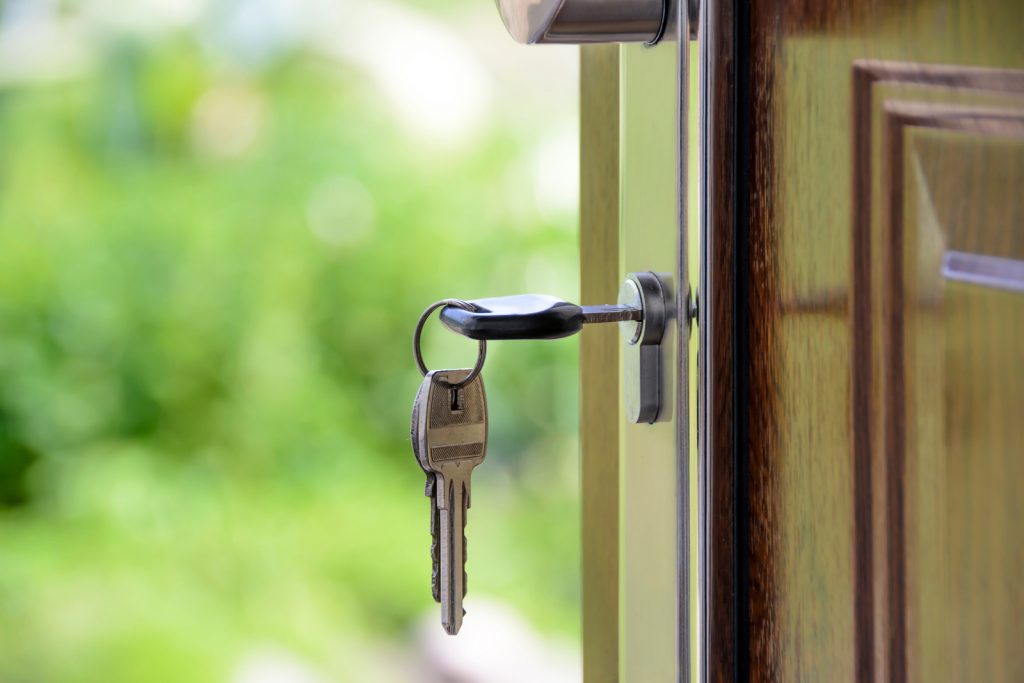Posted on June 18, 2020, by Jennifer Codding

With the Coronavirus back on the rise in Florida, Floridian dreams of a quick rebound to the economy have yet again been dashed. With the unemployment rate tripling from 4.4% in March 2020 to 12.9% in May 2020, property owners are struggling to make their mortgage payments.
Although lenders have instituted financial relief programs, such as deferring mortgage payments, waiving late fees, lowering interest rates, and suspending the filing of new foreclosure actions, at some point, relief and loan accommodations will come to a halt and, distressed assets will be in danger of foreclosure.
Potential post-pandemic bank losses from failed loans loom large. However, by taking smart and practical steps to prevent losses, lenders are in a prime position to aid in the re-establishment of a strong economy and establish themselves as leaders in the community.
Accordingly, it is essential now that lenders reassess their pre-foreclosure due diligence processes so that when the appropriate time comes, they can quickly determine foreclosure viability.
Generally, a lender will need to complete a two-prong evaluation to determine whether foreclosure of a distressed asset is financially practical. First, the lender will need to review the loan to determine whether it is ripe for collection. Second, the lender will need to consider the property condition to determine whether there is value to support foreclosure.
As lenders learned during the Great Recession, pre-foreclosure loan review is essential for assuring an efficient foreclosure process. Prior to filing a foreclosure action, at a minimum, lenders should complete the following steps:
In addition to loan review, performance of a thorough due diligence as to physical property conditions through inspection and investigation is critical. Examples of questions lenders should ask are: Are there any regulatory compliance issues surrounding the property? Is there environmental contamination that must be mitigated? Is there unfinished construction? Or, is the property damaged from lack of use?
By thoroughly evaluating a distressed property prior to foreclosure, lenders can prevent expensive and time-consuming foreclosures of properties that ultimately will result in lender losses.
Regulatory Compliance Issues
Prior to initiating a foreclosure action, lenders should take care to confirm that there are no regulatory compliance issues surrounding the property. For instance, the following is a list of some of the regulatory compliance issues lenders should consider prior to foreclosure:
Naturally, if there are regulatory compliance issues, a lender should weigh the cost of bringing the property into compliance along with the cost of foreclosure against the estimated value of the property to determine if there is value to proceed.
Environmental Issues
Along with regulatory issues, lenders should research whether there is any environmental contamination affecting the property that would make foreclosure nonviable. This is especially true when it comes to properties with environmentally sensitive activities, such as auto repair shops, industrial facilities, commercial properties with leach fields, and dry cleaners.
The following is a list of some of the environmental risk indicators lenders should consider prior to initiating a foreclosure:
Unfortunately, lender reliance on a clean environmental bill of health at loan origination does not guarantee there are no environmental issues when it comes time to foreclose.
At origination, a lender may have used a limited scope environmental report to vet the environmental risk. However, while such a report may be sufficient for a low-risk property, the less-intrusive report may have failed to identify environmental contamination liabilities for higher-risk properties.
Further, although there may have been no environmental contamination at loan origination, conditions on the property or surrounding properties could have changed since the lender conducted the original due diligence resulting in contamination to the property.
Construction Issues
In vetting a loan for foreclosure, lenders should also take into consideration various construction issues.
For instance, stalled construction due to lack of funds can result in the lender having to complete the project. In cases where the lender takes back the property at its foreclosure sale, lenders need to weigh the value of the property against the cost of completing the project or the cost of demolition.
Further, regardless of whether a lender ultimately decides to foreclose or not, incomplete project sites can host a slew of issues lenders must be aware of. For instance, for project sites where only grading has occurred, stormwater runoff can pick up sediment and other pollutants such as building materials, concrete washout, and oil and solvents. Such runoff can enter the stormwater system and discharge the contamination into local streams, rivers, and lakes. Lack of stormwater controls due to stalled construction can lead to civil and sometimes criminal liability, not to mention potential damage to a lender’s reputation.
Property Physical Conditions Issues
What makes post-pandemic pre-foreclosure due diligence unique for lenders is that the hurried mass closing of buildings with limited notice and without proper decommissioning of building systems may have resulted in unintended property damage, which ultimately will reduce property value.
With people rushing to comply with “Stay at Home” orders, lenders need to be especially diligent in verifying the physical condition of any property which they are considering foreclosing on.
For instance, prior to initiating foreclosure, lenders should complete a physical inspection of any building and consider the following:
Lenders who complete extensive pre-foreclosure due diligence will position themselves to suffer less financial loss due to the pandemic. By pursuing viable foreclosures and charging off nonviable foreclosures as business losses, lenders can save thousands of dollars in unnecessary legal fees and costs, not to mention needless costs of property mitigation, repair, and upkeep. Ultimately, such a conservative approach to post-pandemic foreclosures will aid in the re-establishment of a strong economy, which will benefit everyone.